Ladies, are you ready to add some Bollywood glam to your wardrobe? Look no further than the stunning Indian wedding saree!
From the intricate designs to the vibrant colours, these sarees are the epitome of elegance and beauty. But with so many types and styles to choose from, it can be daunting to select the perfect one.
Don’t worry; we’ve got you covered! In this guide, we’ll take you through everything you need to know about choosing and wearing an Indian wedding saree so that you can feel like a true Bollywood diva on your big day!
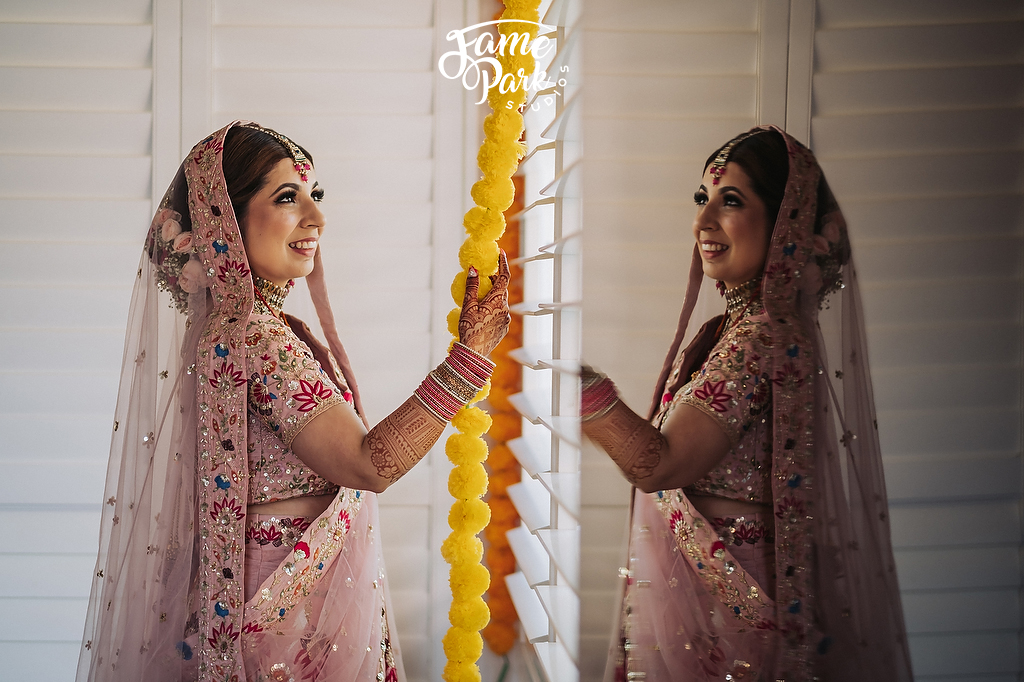
Types of Indian Wedding Sarees Collection
Are you ready to dive into the colourful world of Indian wedding sarees? From Indian traditional wedding sarees to modern designer creations, there’s a type of saree for every taste and occasion.
A. Banarasi saree:
Originating from the city of Banaras (Varanasi), Banarasi sarees are popular for their opulent zari work and delicate designs. These sarees are made from fine silk and are the best Indian wedding silk sarees, as they exude elegance and grandeur.
B. Kanjivaram saree:
Kanjivaram sarees for an Indian wedding are made from pure mulberry silk and are named after the town of Kanchipuram in Tamil Nadu. These sarees are known for their rich texture and beautiful designs, featuring motifs inspired by nature, temple architecture, and traditional art.
C. Patola saree:
Originating from Gujarat, Patola sarees are made using a unique technique of resist dyeing. These sarees are characterised by their vibrant colours and geometric designs, making them a common choice for weddings and festive occasions.
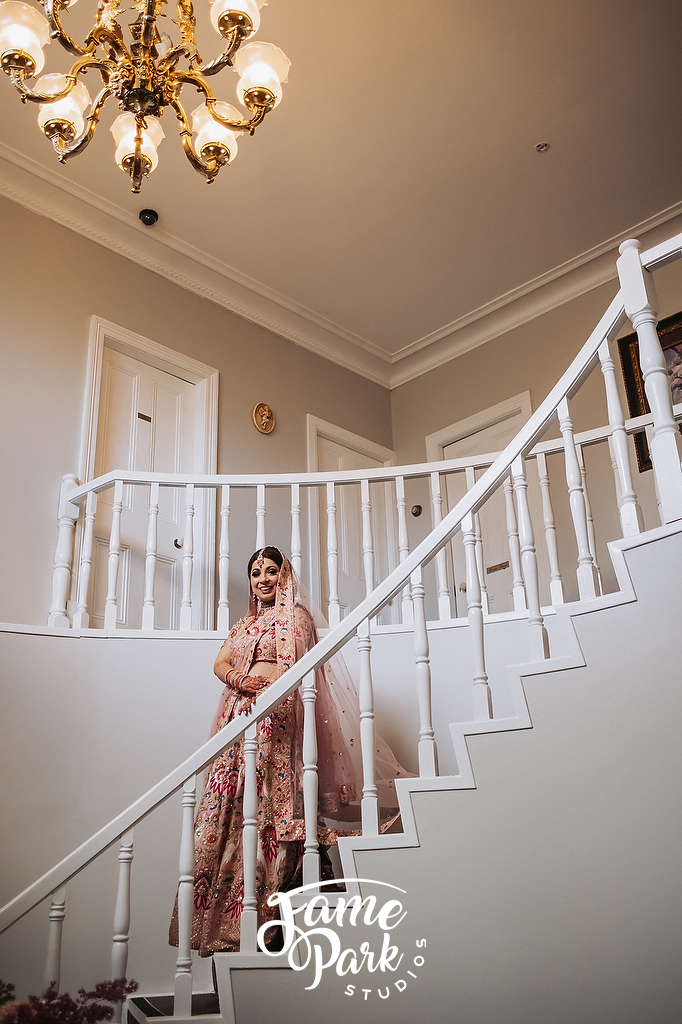
D. Bandhani saree:
Also known as Bandhej sarees, these are a type of tie-dye saree that originated in Rajasthan and Gujarat. The sarees are commonly known for their bright colours and intricate designs, created by tying the fabric in small knots before dyeing it. Today, it has inspired many Indian designer wedding sarees.
E. Chanderi saree:
Made from a blend of silk and cotton, Chanderi sarees have made a name for their sheer texture and lightweight feel. They originated from the town of Chanderi in Madhya Pradesh and are often adorned with intricate floral motifs and zari work.
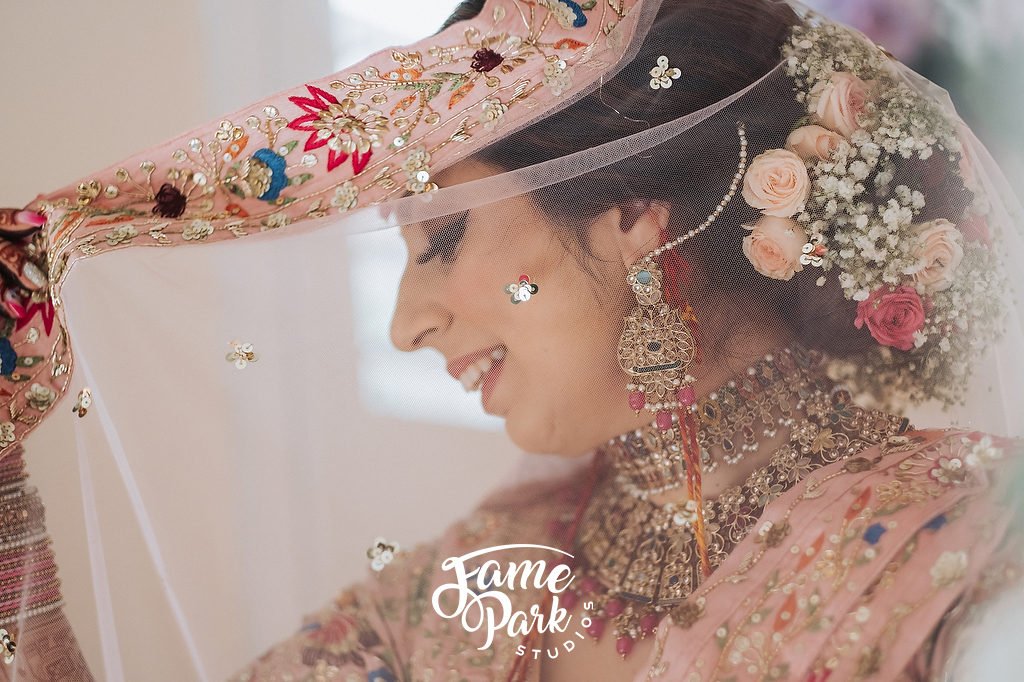
F. Lehenga saree:
A modern take on the traditional sari wedding dress, the lehenga saree is a combination of a saree and a lehenga. This type of saree Indian wedding is perfect for brides who want a contemporary look with the traditional elegance of a saree. It features a skirt-like bottom and a pre-pleated drape that is easy to wear and carry.
G. Georgette saree:
Georgette sarees are lightweight and airy Indian s, making them perfect for warm weather and outdoor weddings. They are often ornamented with intricate embroidery or beading, adding an element of glamour to any wedding outfit. Georgette sarees are versatile and can be styled in many Indian wedding saree designs to suit the bride’s preferences and the wedding theme.
How to wear an Indian Wedding Saree?
Lights, camera, action – it’s time to drape yourself in elegance. With the right guidance and tips, you’ll be twirling on the dance floor in no time. From choosing the right style to perfecting the draping technique, get ready to turn heads and steal the show.
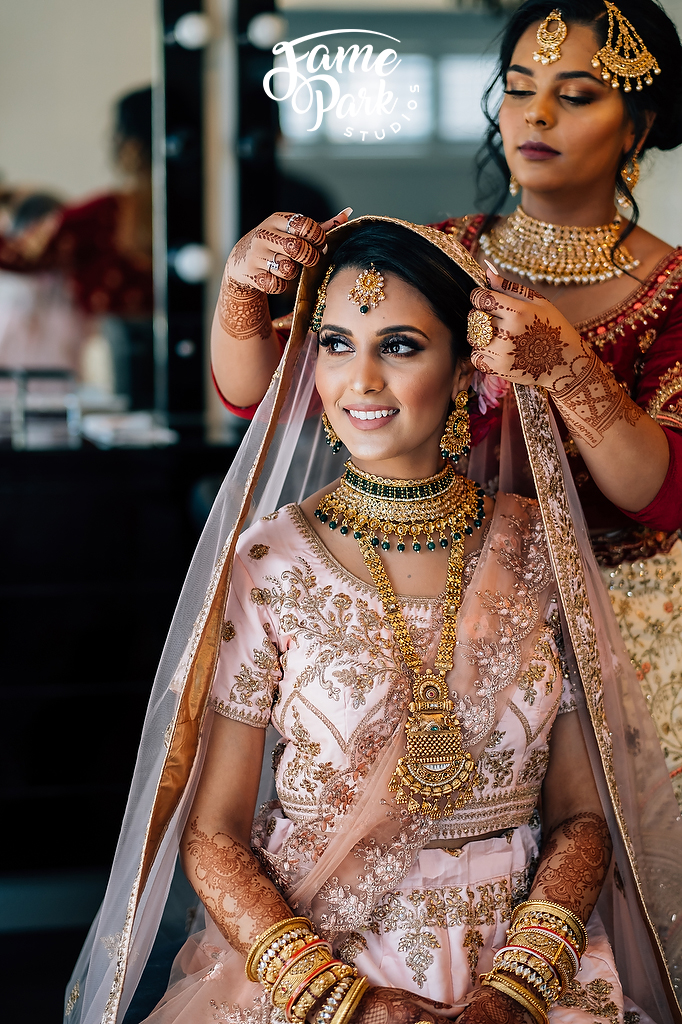
A. Preparing for wearing a saree:
When it comes to preparing to wear a saree, it is important to choose the right garments that will not only provide support but also be invisible beneath the saree. Selecting comfortable footwear is also essential, as you will be on your feet for a long time. Additionally, make sure to have all necessary accessories, such as hairpins and safety pins, readily available to make the draping process easier.
B. Draping the saree:
Draping the Indian saree wedding can be a challenging task, but with practice and patience, it can be mastered. There are different styles of draping, including the popular Nivi style, which involves tucking the pleats in the front, and the Gujarati style, which involves draping from the back. It’s important to choose a style that suits your body type and personal preference.
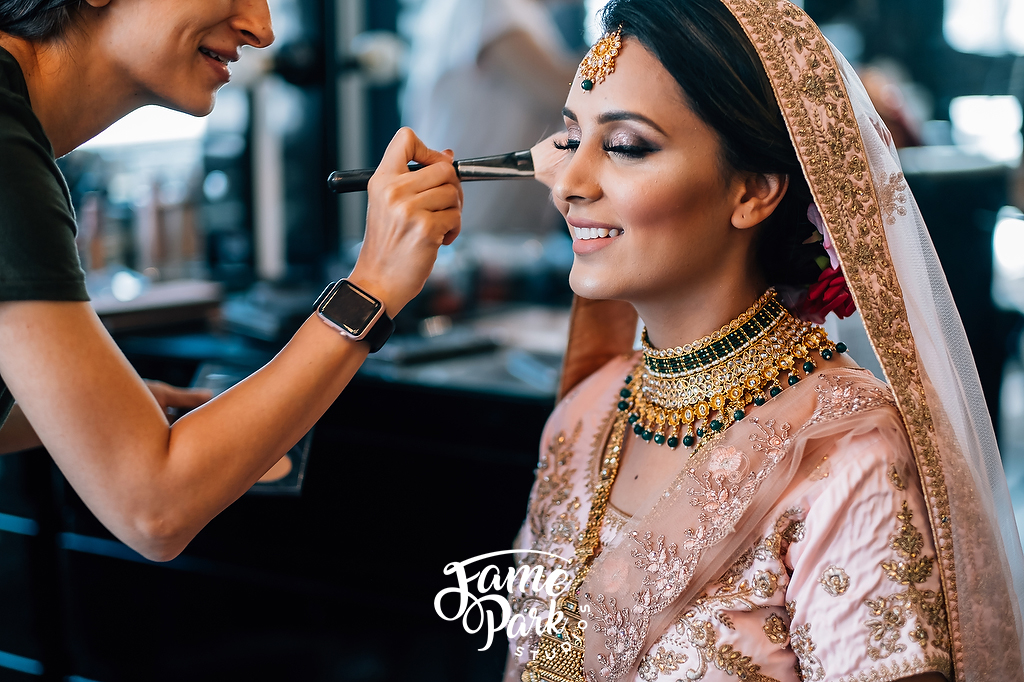
C. Accessorising the saree:
The Indian wedding sarees demand to be accessorised to complete the look. From traditional jewellery like bangles, earrings, and necklaces to modern-day accessories like handbags and sunglasses to compliment Indian designer wear wedding sarees, there are endless options to choose from. Choosing the right accessories will add a touch of glamour and elegance to your outfit.
D. Hairstyle and makeup tips:
Hairstyle and makeup are also important aspects of the overall look. Simple yet elegant hairstyles like a bun or a braid can complement the saree and keep the focus on the outfit. Bold makeup choices like red lips or smoky eyes can add drama to the look and make a statement. It’s essential to strike a balance between the outfit, makeup, and hairstyle to create a cohesive look.
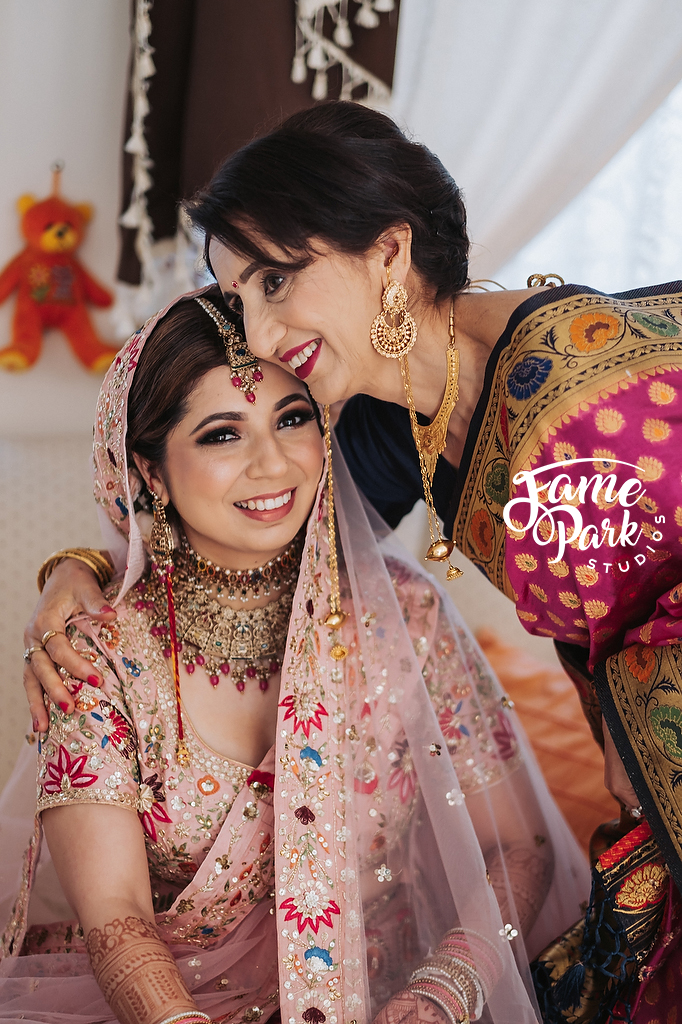
Embrace the Elegance of Indian Wedding Sarees
Indian wedding sarees are an exquisite and timeless choice for any bride. The variety of designs and materials ensures that every bride can find a saree that suits her personal style and preferences.
With the right preparation and draping techniques, any woman can confidently wear a saree on her big day. The addition of accessories, hairstyles, and makeup can further elevate the beauty of the saree.
So, embrace the elegance and tradition of Indian wedding sarees and make your wedding day even more special.

